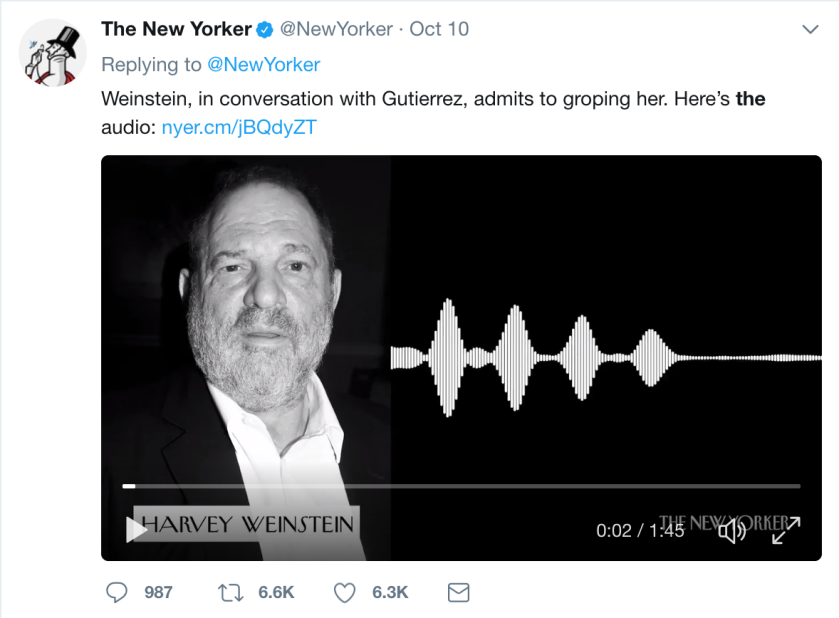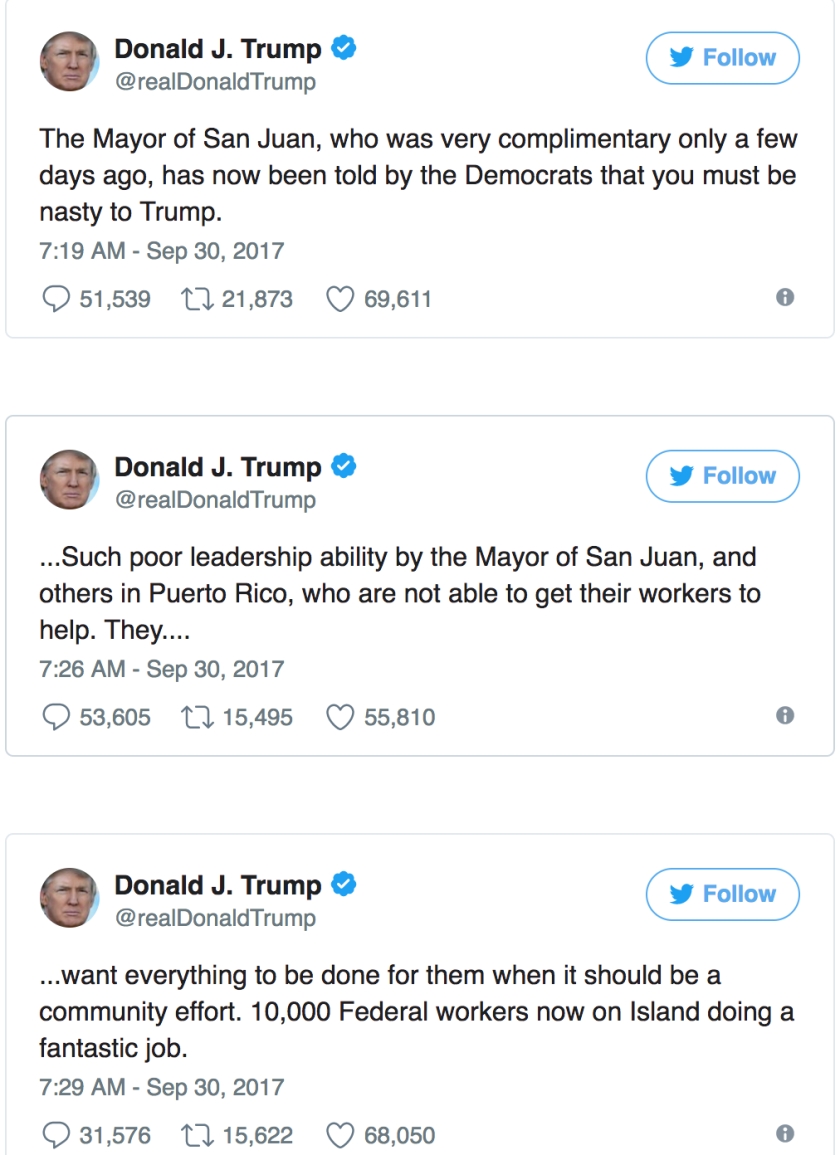By Nicola Shannon
On November 16th, 20 adjunct writing professors at Stony Brook University received a letter from Human Resource Services. It informed them “on behalf of President Samuel L. Stanley Jr., M.D.,” that their “temporary appointment” would end on January 18th. It warned them to return all “university property” in their possession before they leave, including keys and identification cards, and wrapped up with “we thank you for your service at Stony Brook University.”
These letters were sent out the day after over one hundred students and faculty gathered in front of the humanities building in a “Rally for Writing.” They protested the changes that have been made to the humanities programs at Stony Brook as part of the $1.5 million budget cut announced last May.
The cuts will suspend admission to undergraduate degree programs in theatre arts, comparative literature, cinema and cultural studies and to graduate degree programs in cultural studies & comparative literature. Many language and culture programs were also slated for consolidation into a department called “Comparative World Literature.”
The main drive behind this protest came in October when the University announced that the Writing and Rhetoric program had “zero budget” for adjunct professors. There are 20 adjunct professors in the writing program that make up about half of the program’s total staff.
Dean of the School of Arts and Sciences Sacha Kopp said in an email statement that said the university is “seeking to maximize teaching assignments for full time faculty,” but adjuncts were told that full-time lecturers that take their places would be from other disciplines, including pharmacology and geology.
The Rally for Writing protest marched through Stony Brook’s academic mall and into the library, to Sacha Kopp’s office, where they delivered a petition with 3,000 signatures against these cuts, and then to the President’s office in the administration building to do the same. They chanted “cut administrators, not educators,” and “writing hand in hand with STEM, do not make it us vs them.”
Steven Dube, an adjunct professor in the program in Writing and Rhetoric who has taught at Stony Brook for 10 years, believes there are inconsistencies in the university’s financial reasoning for the cuts.
“It would take around 100,000 dollars or so for a Spring writing adjunct budget,” Dube said at the rally. “They’ve spent millions of dollars on new facilities and changes on campus but they’ve cut sections of the state mandated program.”
Dube was one of two non-renewed writing professors that were featured in a picture of student essay contest winners that Sacha Kopp tweeted in October, praising the program for its work. Dube tweeted back asking for a response, but never got one.
Students also took a leading roll in the march. Leading the chants was Rebecca Zimmerman, a senior English major and writing minor, who expressed the importance of humanities even at a science-heavy university.
“In order to express these world-changing ideas that our scientists and engineers have, they need to know how to write,” Zimmerman said. “They need to know how to articulate their ideas, argue their beliefs, and prove themselves true. And they cannot do that if one of the top public research universities in the world does not allow them the opportunity.”
Zimmerman also lead a protest event on November 3rd, organized through Facebook. It was originally intended to be a sit-in at Sacha Kopp’s weekly “Lunch with the Dean” meetings. When students called the day before to confirm the time of the event, the Dean’s office informed them that it had been canceled, and gave no reason. The of about 20 students decided to deliver their list of grievances to Kopp’s office in person, where they were met with University Police.
The group then headed to President Stanley’s office to express their concerns, but were told he had no available office hours. They delivered their letter there as well, which read:
“The students gathered here today therefore demand that you do everything in your power to return the displaced staff to their respective departments, and show that, as an administrator of higher education, you are concerned with the specificity of academic fields of study.”
Another area of confusion regarding these cuts was brought up at a meeting with President Stanley and the University Senate in September. Mireille Rebeiz, an assistant professor in the department of world literature, confronted Stanley about who will be hurt the most by these cuts in the humanities.
“If you look at the rate of lecturers, it’s mostly women or people of color,” she said, comparing that to members higher up in administration, who are much less diverse.
President Stanley is a HeForShe Impact Champion, and Stony Brook has set aside more than $1 million according to their diversity plan. More than half of the adjunct professors who are being let go are women, and many are people of color.
Stony Brook is currently facing a $35 million budget deficit, and there are cuts being made in many other areas besides the humanities as well. Administration has attributed most of that deficit to the end of the NYSUNY 2020 Challenge Grant Program, which invested $140 million across four schools, including Stony Brook, allowing a surge in hiring and development. Stony Brook has also had to pay for mandatory state employee pay increases.
Dean Sacha Kopp was reluctant to refer to this as a “budget crisis” in a recent interview with the Stony Brook News Natives.
“I think it’s important to set things into different context,” Kopp said. There are things happening in the college of Arts and Sciences that have to do with budget and there are things that have to do with policy.”
Kopp said that much of the changes that are being made are meant to respond to growth and drops in enrollment needs in different areas. He also focused on opening up opportunities for new full-time faculty to be hired.
Students and faculty whose livelihoods are threatened by these cuts may not satisfied with this context. Although a few full-time lines may be available after these cuts, adjunct writing professors are unhappy with the university’s willingness to fill them with professors trained in other subjects, like geology.
On the Writing Adjuncts At SUNY Stony Brook Facebook page, one post read “a trained part-timer is absolutely preferable than an untrained full-timer.”





